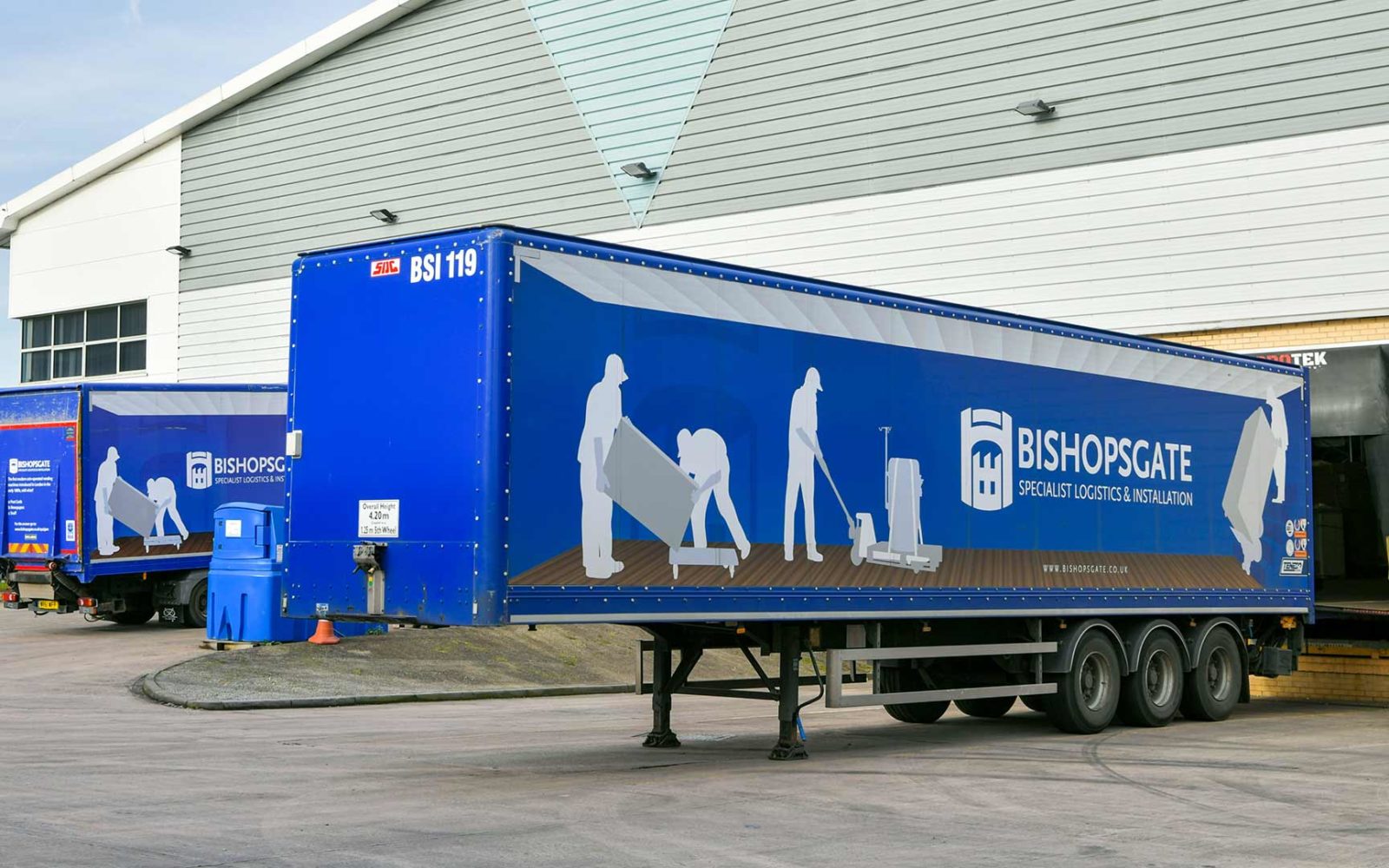
We are often asked, “Can Bishopsgate collect a safe from our offices and ethically dispose of it for us?”
The answer is of course “YES” and it remains, I believe, a task that should only be carried out by specialists who have the necessary training, experience and manual handling equipment to achieve it. I am always surprised just how heavy a safe is compared with how it looks. A small box no larger than a microwave can easily weigh up to 150kgs. Extreme care really needs to be taken when moving them from a site to reduce the possibility of any damage to furnishings, stairways and walls. Or as they say on TV, “Please don’t try this at home!”
To help us help you, we would ideally need to know the following in advance
- Where is the safe currently located in the building?
- Has it been bolted or glued down?
- Are there any doorways or hallways that must be negotiated through to remove the safe.
- How close can a vehicle be parked outside the building?
- Are there any steps to negotiate outside the building?
- Is there a lift available if it is above the ground floor?
- What are the dimensions of the safe and manufacturer?
- Can the safe be opened or not; does it still have a key?
- Photographs of the safe and the route from its location to outside the front door are invaluable.
That will help us get the safe out of the building. Bishopsgate can then organise its safe (no pun intended) disposal with our approved recycling partners. Not all scrap yards will take safes. While they are heavy and seemingly made of metal, they are often constructed with a layer of concrete inside meaning the metal content is lower and the recycler needs to takes time to extract the metal or remove the concrete.

Some older safes also have asbestos inside them. While asbestos does not burn, it does conduct heat. Consequently its use as a fire resistant insulating material in safes is limited and is most commonly found as a door seal in the form of a woven tape. Today, like all types of asbestos, Chrysotile tape is banned but many safes being used every day may still contain white Chrysotile asbestos door seals.
The removal and disposal of asbestos must always be undertaken by specialists.
If you have a safe you need safely moving or securely disposed of, we can help. With proper training, knowledge, and suitable equipment we can relocate, remove or dispose of your safe professionally and ethically.

Carrying the load for your logistical ambitions
CONTACT US

